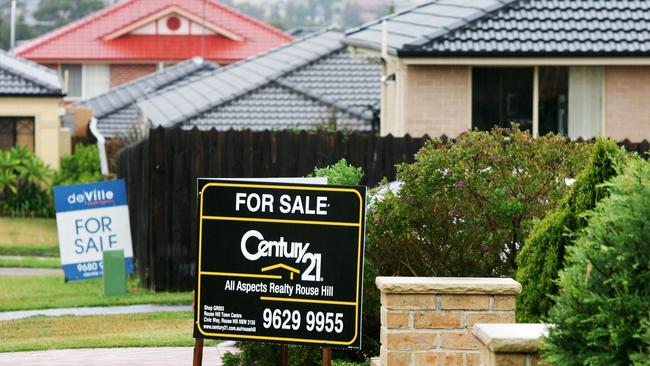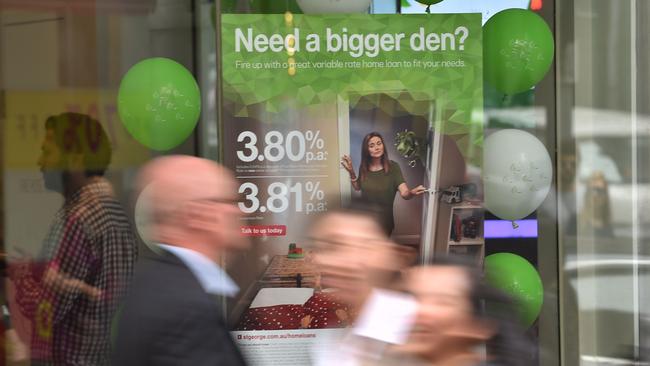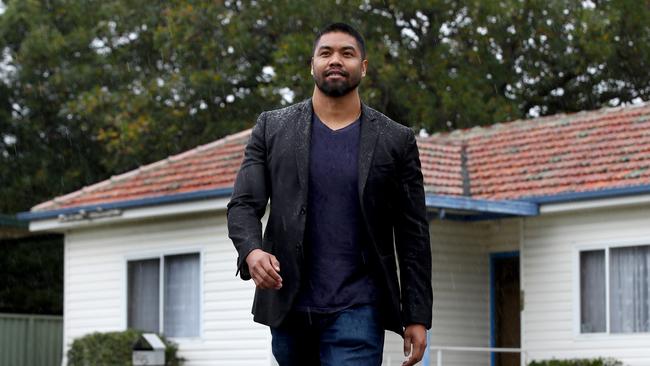Revealed: Sydney’s at-risk suburbs with $1m mortgage debts
Sydney’s housing market is becoming increasingly vulnerable to the economic impact of COVID-19, with nearly 40 per cent of NSW homeowners paying mortgages they can’t afford.
NSW
Don't miss out on the headlines from NSW. Followed categories will be added to My News.
Sydney’s housing market is becoming increasingly vulnerable to the economic impact of COVID-19, with nearly 40 per cent of NSW homeowners paying mortgages they can’t afford.
Economic modelling also revealed up to one in five homeowners were saddled with more than $1 million in mortgage debt in some suburbs – despite many buying their homes years ago.
Across the city, there were just over 20,000 homeowners owing over $1 million on their mortgages, according to the study by Digital Finance Analytics.
DFA principal Martin North said this number was higher than at any time in the past and higher than anywhere else in the country.
With unemployment rising during COVID-19, the high debts meant homeowners were at increased risk of defaulting on their mortgages, he added.
“COVID has been a catalyst for people who had large mortgages but were previously financially comfortable,” Mr North said. “Now those large debts have really come back to bite.”
Roughly 26,000 NSW homeowners were now at risk of defaulting on their loans, while 38 per cent were “mortgage stressed”, the research based on more than 50,000 household surveys revealed.
“We have a debt problem,” Mr North said. “It’s been building for years but now the tide is out and we can see it more. It’s going to look really ugly in the next year.
“A lot of people will be questioning if taking on this much debt was a good idea. I suspect many bought thinking prices would keep growing.”
Homeowners with the largest debts were in Sydney’s “aspirational” suburbs that typically attracted upper middle-income buyers such as Chiswick, Lane Cove, Wahroonga and Maroubra.

The proportion of homeowners with more than $1 million debt in these areas, including recent buyers and those with long-time mortgages, ranged from 14-22 per cent.
Few of these homeowners were currently underwater with their repayments but they were most at risk if they lost their incomes, Mr North said.
“If many of these owners are forced to sell their properties there will not be many people with the funds to buy them,” he said.

Despite lower debts, most of the homeowners spending an unsustainable amount of their incomes on repayments lived in Western Sydney, DFA’s modelling showed.
There was a particularly high concentration of cash-strapped homeowners in the southwest, including in suburbs Leumeah, Chipping Norton, Mount Annan, Bossley Park and Hoxton Park.
About 50-75 per cent of homeowners in these suburbs reported they were spending more on their repayments than they could afford.

Homeowners in premium suburbs such as Bellevue Hill or Vaucluse tended to have lower personal debts because they bought more properties outright or through business interests, Mr North said.
My Housing Market economist Andrew Wilson said risks were emerging in the housing market but government would likely intervene before there was a major rise in defaults.
“There is a lot of political pressure to support homeowners and government would step in,” Mr Wilson said.
“There would also need to be significant falls in incomes before we saw a massive spike in defaults and that hasn’t happened yet.”
Mortgage Choice broker James Algar said debt levels alone painted half the picture.
“What counts is debt to assets,” he said. “Many of the people with the biggest loans have a lot of assets and plenty of equity in their homes.”
